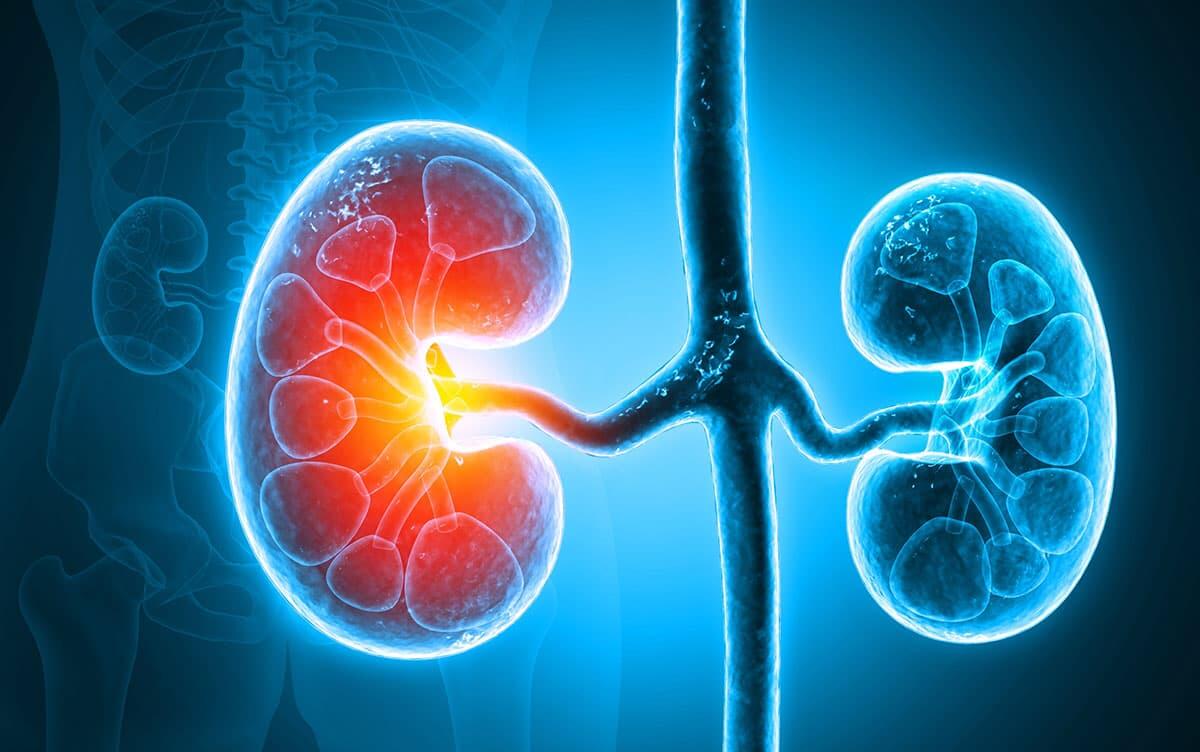Research News
Elucidating the Mechanism Regulating Functional Balance in the Left and Right Kidneys
 Image by crystal light/Shutterstock
Image by crystal light/Shutterstock
Researchers at University of Tsukuba have developed a novel mouse model that allows them to induce dysfunction in only one kidney. Using this model, they uncovered the molecular mechanisms behind the "renal counterbalance" phenomenon, a process where the left and right kidneys actively maintain functional and structural balance.
Tsukuba, Japan—The kidneys function together to filter blood and remove waste products from the circulation. When one kidney is injured or fails, the contralateral kidney compensates for the loss of function. This dynamic adaptive process (referred to as renal counterbalance) has long been recognized. However, its precise mechanisms remain to be fully elucidated.
Researchers developed a 2K1N model by selectively damaging podocytes (epithelial cells on the kidneys' glomerular surface) in mice to induce podocyte damage in only one kidney. In this model, blood flow to the damaged kidney significantly decreased over time, and proteinuria derived from the damaged kidney subsided. Meanwhile, the healthy kidney compensated for the loss of function, maintaining systemic water balance and blood pressure. By contrast, no blood flow imbalance was observed in the 2K2N model, where both kidneys were equally damaged. Moreover, systemic edema and proteinuria worsened.
Researchers performed transcriptomic and molecular analyses using the 2K1N model. The results showed that the production of angiotensin II (Ang II), a hormone that increases blood pressure, significantly differed between the damaged and healthy kidneys. This local imbalance of Ang II was found to cause reduced blood flow and glomerular atrophy in the damaged kidney. These findings suggest that the functional competition and imbalance between the left and right kidneys play an important role in kidney disease progression.
###
This work was supported by a JST START University Promotion Type, Grant Number JPMJST2052 (to K.K.), JSPS KAKENHI Grants (Grant Number JP25K19492 to K.S. and JP17K09685 to N.M.), AMED-CREST Grant Number JP21gm1410010 (to J.-D. K. and A.F.), and the Cooperative Research Project Program of Life Science Center for Survival.
Original Paper
- Title of original paper:
- A novel glomerulopathy model demonstrates renal counterbalance via local angiotensin II regulation
- Journal:
- Proceedings of the Japan Academy, Series B
- DOI:
- 10.2183/pjab.101.025
Correspondence
Assistant Professor SAKAMOTO Kazuo
(Current position: Assistant Professor, Division of Nephrology and Kidney Center, Kobe University)
Institute of Medicine, University of Tsukuba
Assistant Professor KAWANISHI Kunio
(Current position: Professor, Department of Anatomy, School of Medicine, Showa University)
Institute of Medicine, University of Tsukuba
Assistant Professor Jun-Dal Kim
(Current position: Associate Professor, Division of Complex Biosystem Research (CBR), Department of Research and Development, Institute of National Medicine (INM), University of Toyama)
Life Science Center for Survival Dynamics, Tsukuba Advanced Research Alliance (TARA), University of Tsukuba
Professor MATSUZAKA Taiji
Department of Basic Medicine, School of Medicine, Tokai University
Related Link
Life Science Center for Survival Dynamics, Tsukuba Advanced Research Alliance (TARA)






